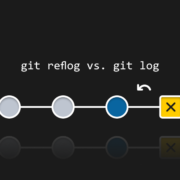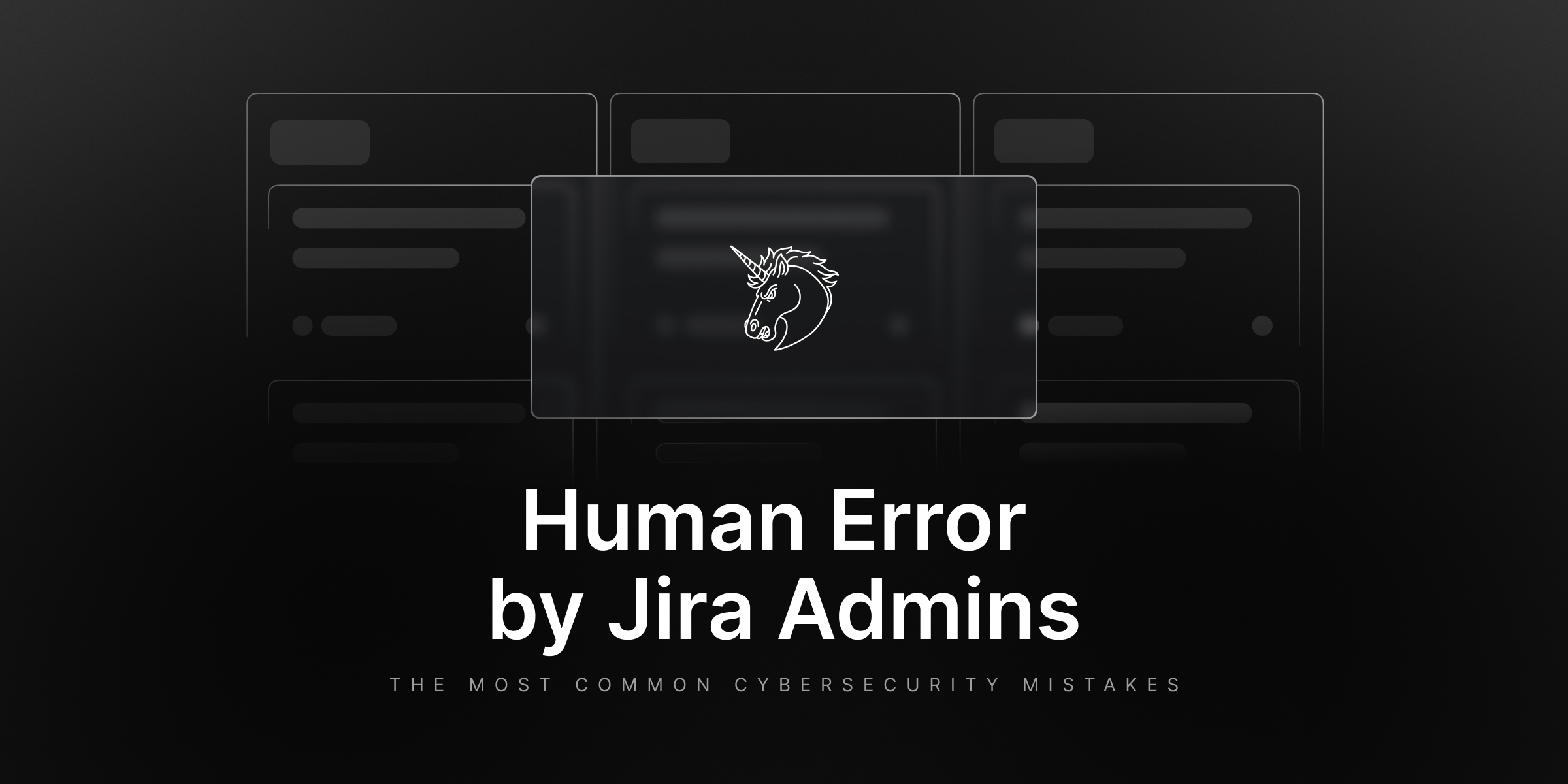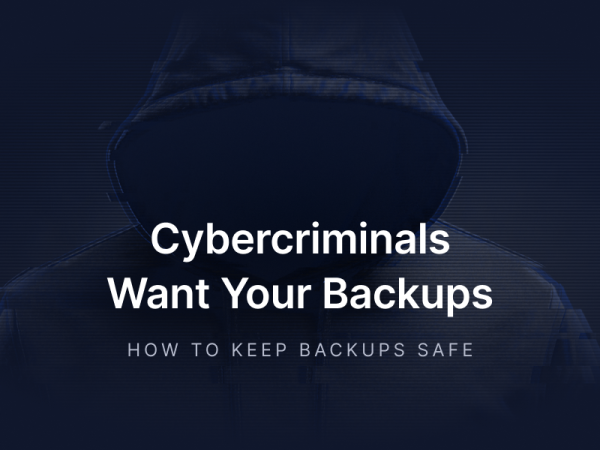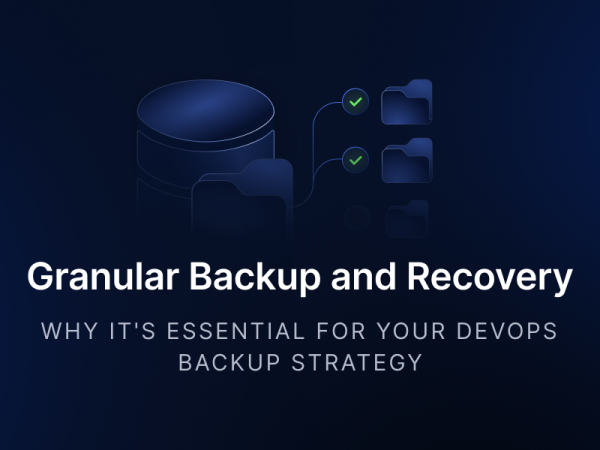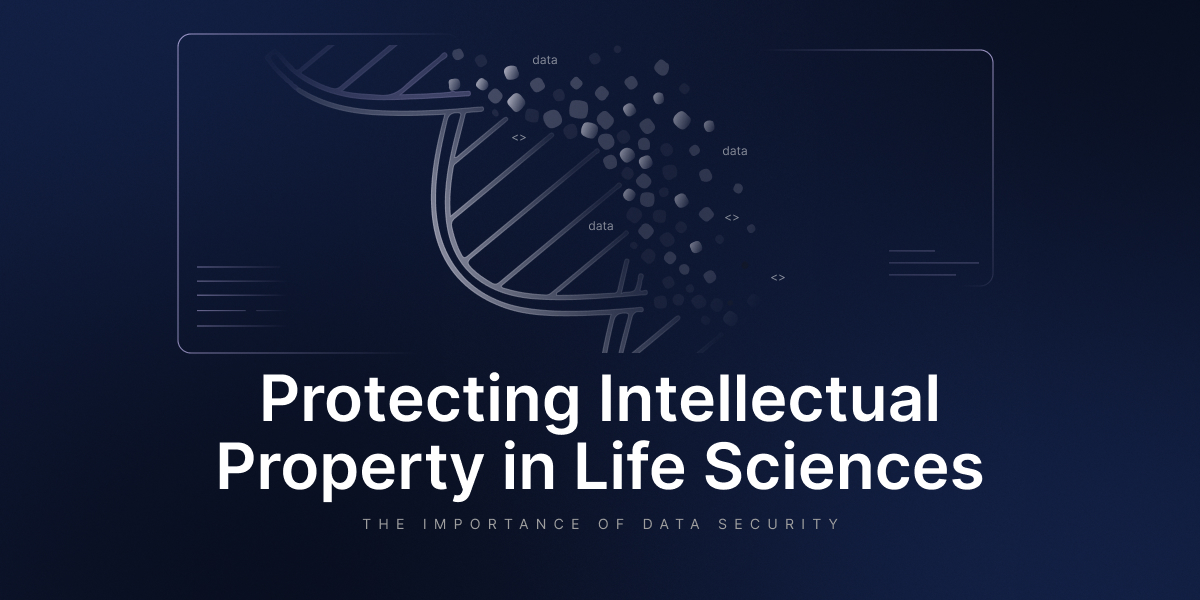
Protecting Intellectual Property in Life Sciences: The Gravity of Data Security
Among many vital elements of its growth, the life science industry thrives on intellectual property. That includes information on everything from groundbreaking drug discovery to clinical trials and medical devices. Protecting such data goes beyond technical challenges, and it’s one of the industry’s basic necessities. Yet, both aspects must be adequately addressed.
Any expert in that field knows that proactive data resilience is a must to meet:
- increasingly stringent regulatory requirements,
- sophisticated cyber threats,
- operational vulnerabilities.
All of the above demands that organizations that operate in the life science industry develop swift backup capabilities, followed by disaster recovery and regulatory compliance.
The necessity of data resilience in life sciences
Businesses in the life science industry rely on a highly regulated environment where data integrity, audit trails, as well as regulatory constraints dictate operational protocols. That means any data breach can be devastating, considering that the mentioned companies:
- manage patient recruitment for clinical trials,
- develop medical devices,
- discover new diagnostic methods and therapies,
- utilize machine learning for drug discovery,
- use the biological systems to create new products and technologies,
- research diseases and factors harmful the health,
- shape best practices for epidemic threats,
- and much more.
Trustically, all the above must follow and match regulations and standards.
Regulatory bodies like the FDA require strict guidelines for managing electronic records and traceability, emphasizing data integrity’s role in product quality and patient safety.
Source: USDM Life Science
Key regulatory compliance standards and data security
As was mentioned above, strict regulatory requirements govern data protection in life sciences. Organizations are expected to implement encryption, access control, and audit-ready record-keeping.
The General Data Protection Regulation (GDPR) imposes data collection and processing standards. At the same time, FDA 21 CFR Part 11 ensures electronic records meet integrity and security standards. Further, HIPAA mandates safeguards for sensitive health data in clinical trials and patient recruitment.
Of course, it’s impossible not to mention GxP requirements. The latter extends beyond regulatory checklists, defining the framework for life sciences software and SaaS offerings to maintain data integrity.
In the case of life sciences, security failures mean far more than regulatory penalties. They can:
- compromise intellectual property,
- disrupt customer engagement,
- erode market positioning.
Tech companies, especially those providing SaaS capabilities for life sciences companies, must integrate security at every level of software development. That includes enforcing encryption, rigorous authentication mechanisms, as well as continuous monitoring to prevent data breaches.
Third-party providers must adhere to the same standards as SaaS providers. Weak links in outsourced services introduce risks to systems.
The industry struggles with managing high-volume data from clinical trials and research, ensuring data security, and maintaining interoperability across systems.
Source: 7 Life Science & BioTech Trends for 2025
A few more things about data resilience
All risks endangering the system can potentially harm the overall data resilience. It may sound like an unnecessary truism, but failure in this field extends beyond operational downtime:
- derailing clinical trials,
- exposing proprietary medical devices research,
- jeopardize drug discovery processes.
The risk mitigation tactics must implement immutable backup solutions to guarantee and support disaster recovery plans that account for:
- ransomware attacks,
- insider threads,
- infrastructure failures.
The organization needs to examine cloud-based tools for scalability more closely during the preparations. However, without proper data segregation, the solution may become a potential point of failure.
In addition, data encryption and redundancy are fundamental to keeping business continuity intact across multiple geographic locations. The same goes for real-time monitoring. It helps detect anomalies before they escalate.
SaaS providers responsible for life sciences companies’ data are forced to face risk management challenges. Considering the latter, more and more organizations incorporate machine learning and advanced analytics to identify threats and improve response times.
Key risks and challenges
As you already know, the harsh reality where cyber threats targeting life science companies continue to evolve and aim for any possible vulnerabilities. That involves SaaS applications, third-party providers, and security architectures, especially outdated ones.
Nowadays, a data breach in a vertical market handling sensitive research data usually has far-reaching consequences, including intellectual property loss and regulatory non-compliance. The latter entails the apparent necessity of companies’ adaptation to changing regulatory requirements while maintaining secure software development practices.
Of course, ensuring data integrity, whether in cloud platforms (followed by SaaS offerings) or on-premise systems, demands continuous audits and a security-first approach.
Life sciences companies face challenges in maintaining data consistency and access controls across diverse data sources.
Source: rchsolutions.com
Technology implementation for secure operations
Maintaining security and compliance requires life science companies to integrate proper digital mechanisms into every layer of the technology stack. The implementation of a multi-layered security approach protecting both intellectual property and sensitive life science data must be based on a strategy introducing:
Encryption and continuous monitoring
The absolute basic solution is end-to-end encryption, safeguarding sensitive research and data confidentiality. It also applies to constant scanning for potential anomaly detection and enforcing security policies in real time, allowing for proactive threat mitigation.
This is critical for SaaS providers and third-party providers handling regulated life sciences software.
Cloud-based security
Adopting cloud solutions in life sciences businesses provides the needed scalability. At the same time, it necessitates:
- strict data segregation,
- automated compliance checks,
- real-time threat detection.
In addition, secure access management involving AI-driven monitoring allows firms within the life science industry to remain resilient against cyberattacks.
Advanced analytics and AI
Machine learning and analytics make it easier for companies to enhance risk management. It’s done by identifying suspicious activity patterns. AI-driven automation also strengthens access control solutions, guaranteeing that only authorized personnel can operate with critical datasets.
In 2025, 93% of technology executives at life sciences companies plan to increase investments in data, digital, and AI technologies, highlighting the importance of robust data strategies.
Source: Ontoforce.com
Backup and disaster recovery
Given the sensitivity of life science data, a resilient and well-organized backup strategy (including at least 3-2-1, 3-2-1-1-0, or 4-3-2 approach) built on immutable storage is an absolute must-have element of data security. It ensures that data remains unaltered and protected even if ransomware attacks occur.
Redundant disaster recovery frameworks should include an automated failover mechanism to help preserve business continuity. Naturally, regular backup checks and compliance audits further reinforce data resilience.
It’s worth reminding that a well-implemented backup and disaster recovery strategy not only meets regulatory requirements but also safeguards life sciences companies from operational disruptions. This way, critical research and patient data remain consistent, accessible, and recoverable under any circumstances.
DID YOU KNOW?
Using the GitProtect.io backup and restore solution allows you to achieve the 10-minute Recovery Time Objective (RTO) working with S3 storages.
Conclusion
Summing the above up is necessary to state a truism. For life science companies, securing intellectual property and maintaining regulations while strengthening data resilience is not optional; it’s essential. Each of these elements of a proper data security strategy is fundamental to business continuity as well as industry leadership.
Integrating secure SaaS applications, strong backup and disaster recovery strategies, and proactive risk management allows companies to grow a competitive advantage within the highly demanding and evolving market.
Today (and in the near future), a comprehensive security approach is no longer a differentiator. It’s an expectation or even the industry foundation where data defines success.
[FREE TRIAL] Ensure compliant DevOps backup and recovery with a 14-day trial 🚀
[CUSTOM DEMO] Let’s talk about how backup & DR software for DevOps can help you mitigate the risks



